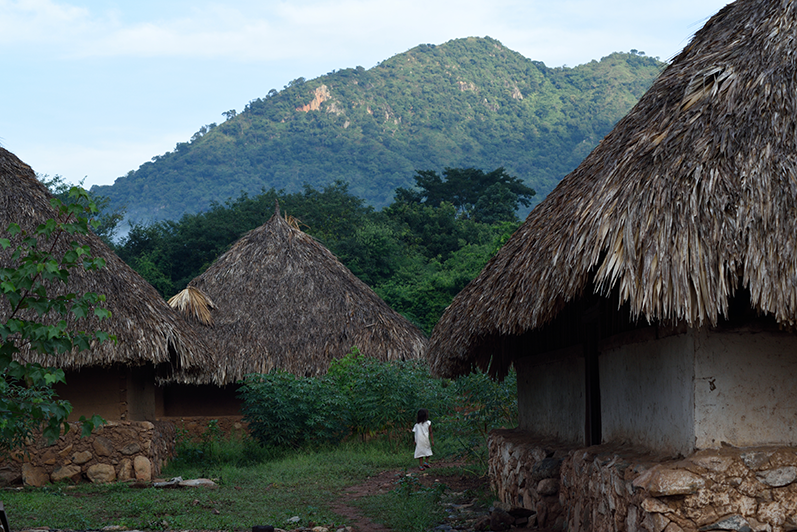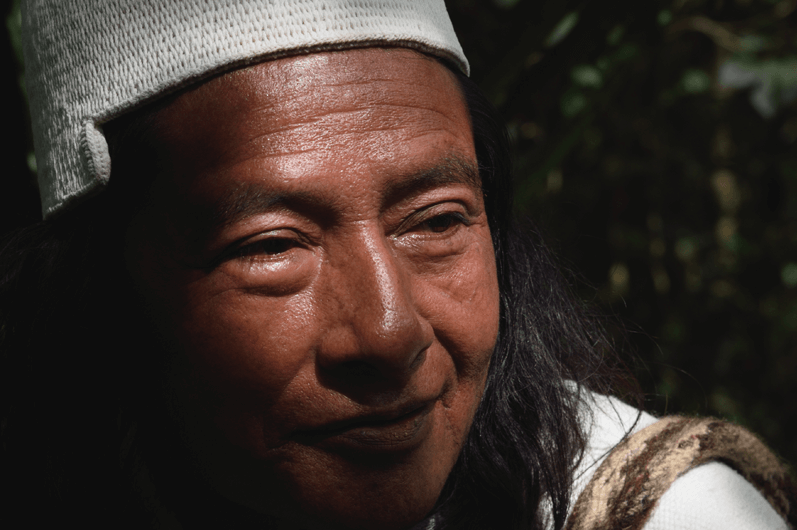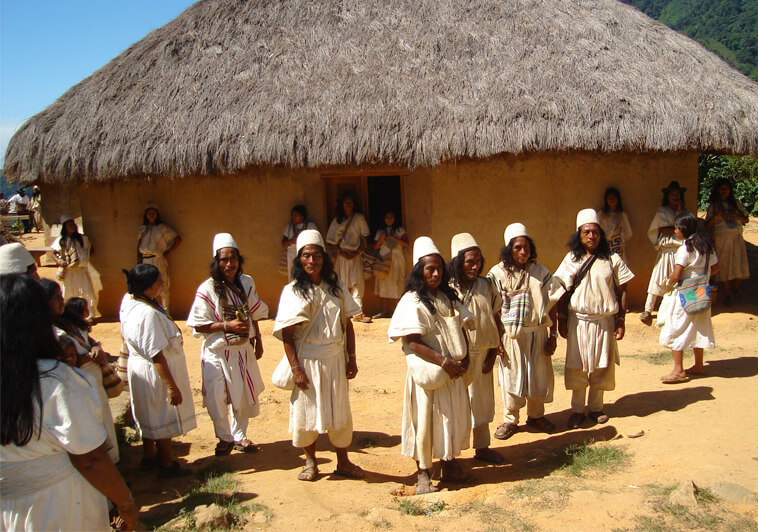
Its scientific name is Panthera onca. It plays a key ecological role in the ecosystem balance, as it regulates the populations of smaller species. This is why it is the ultimate symbol of an intact biodiversity.
Besides its role in the ecosystem, this cat is closely related to American cultures. Thanks to observation and tradition, they agree that these animals play a crucial role in nature. Also, they are amazed an curious about the sheer beauty of this species.
Some ancient tribes consider it a magical creature due to its strenght, stealth, skill, and speed. Within their cosmovision, the jaguar is in their myths and stories, always surrounded by mistery and respect.
Today, many indigenous communities use the qualities of this species to perform rituals with ayahuasca -a traditional indigenous drink- and shamanism, to protect people with their spirit and free the “old man” inside them.
This is the cultural heritage that represents the jaguar, the other face of the biggest cat in the American continent.
It is known in Mexican culture as Ocelotl or Balaam
For the Mayans, its symbolism is closely related to the expression of power. According to the tradition of this pre-hispanic culture, this feline controlled the universal forces of day and night.

Considered a warrior in Colombia
One of the four indigenous communities of the Sierra Nevada de Santa Marta, in Northern Colombia, is the Arhuaco. For this people, the presence of the jaguar is a manifestation of the divine. They consider it a great warrior, ruler, guardian, and bearer of the bloodline.
They understand, through their traditions, that jaguars are the guardians of knowledge; that is, they are great sages that rule the traditional foundations of territorial knowledge.
In Peru, this feline becomes the Sun
Ancient cultures of northern Peru related the few references they had to the image of the Sun to circles with glowing feline heads. These could also be seen in two levels: one presenting night and darkness and the other, the jaguar, became the light.
Jaguars are highly respected in Amazonian cultures such as the Chavín, Chimú, Chachapoyas, among others.
In Bolivia and Brazil
The Bororó, who have historically lived in Bolivia and in the state of Mato Grosso in the Brazilian Amazon, saw the jaguar as a source of strength and a connection with the spiritual world.
The Matsés, inhabitants of the border between Peru and Brazil, also see these big cats as warriors. This community seeks to personify the jaguar by using face embellishments that resemble the animal, such as nose piercings representing whiskers, small sticks representing fangs, and face tattoos representing spots.








